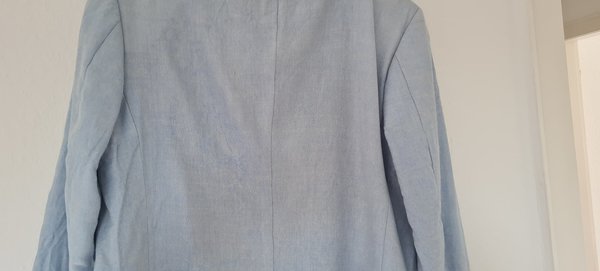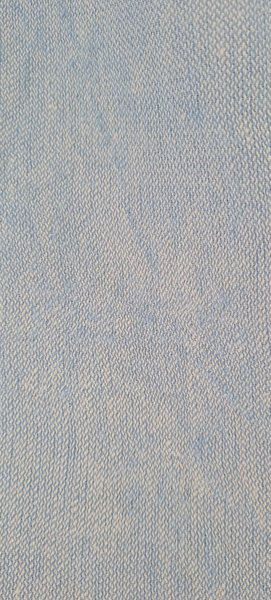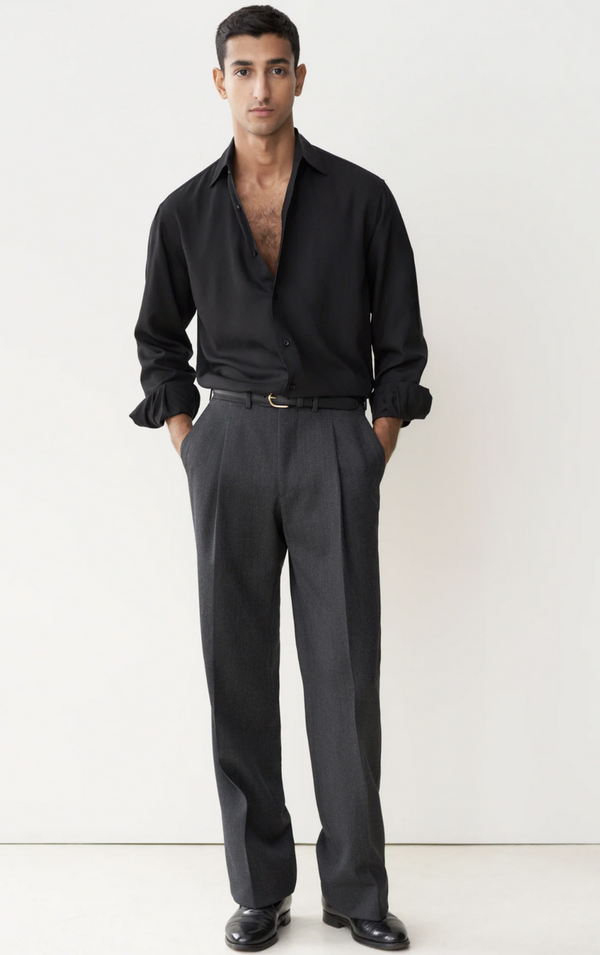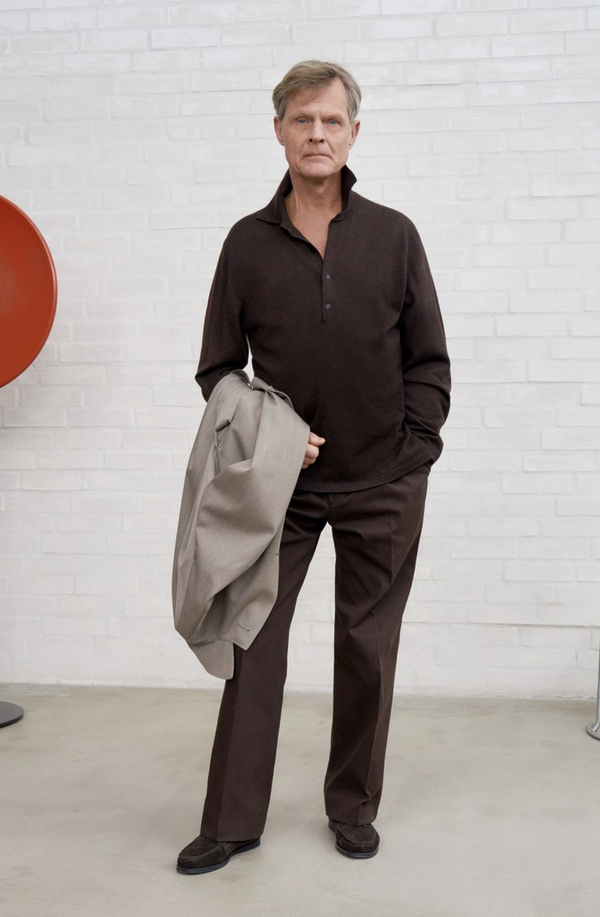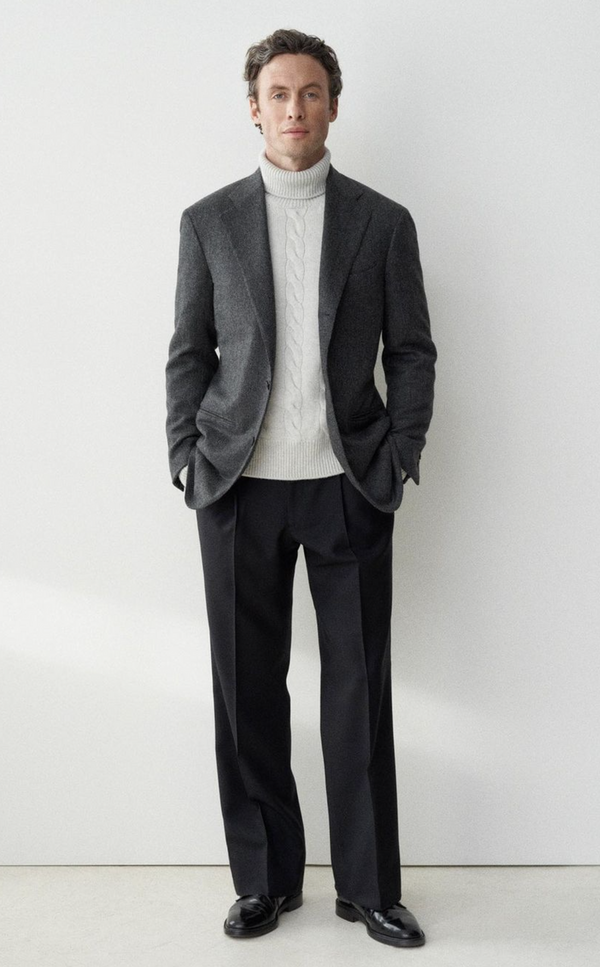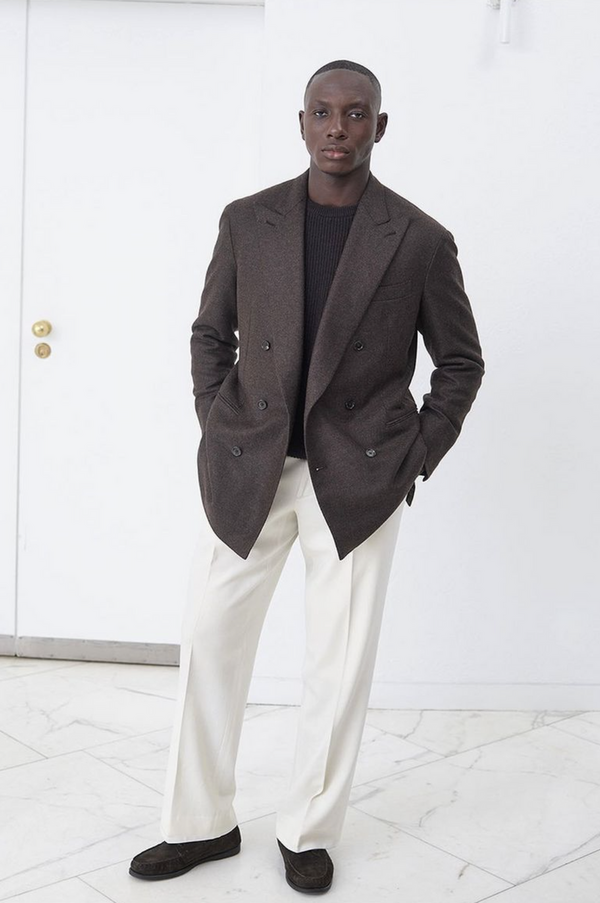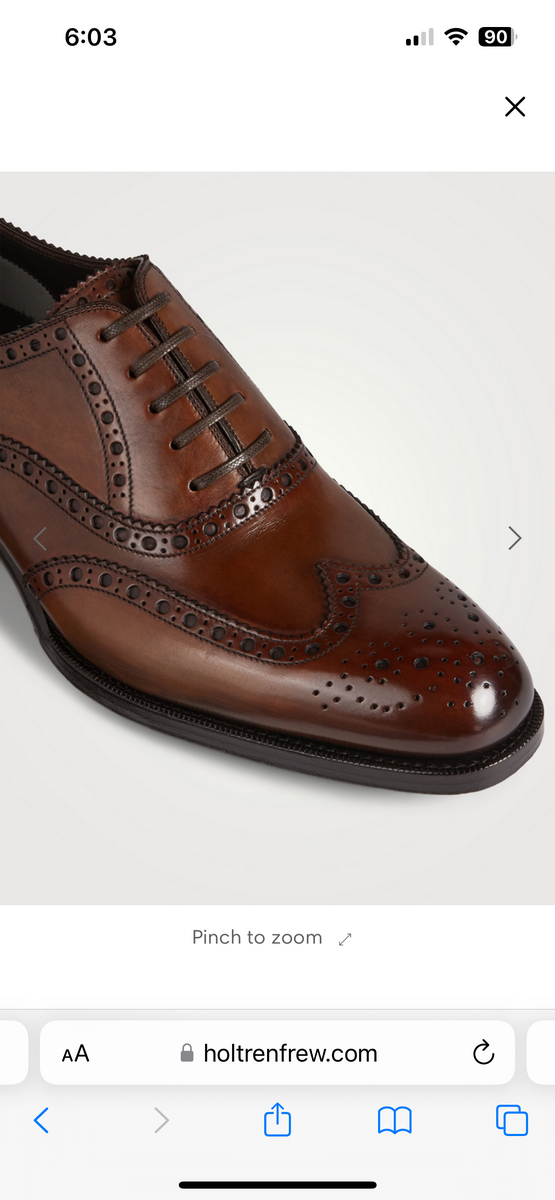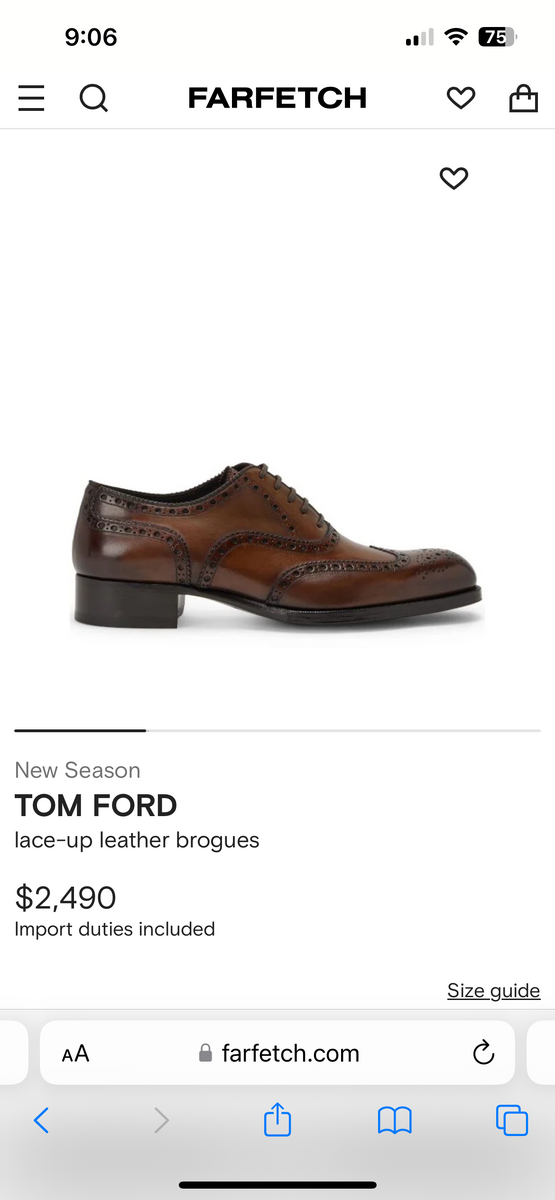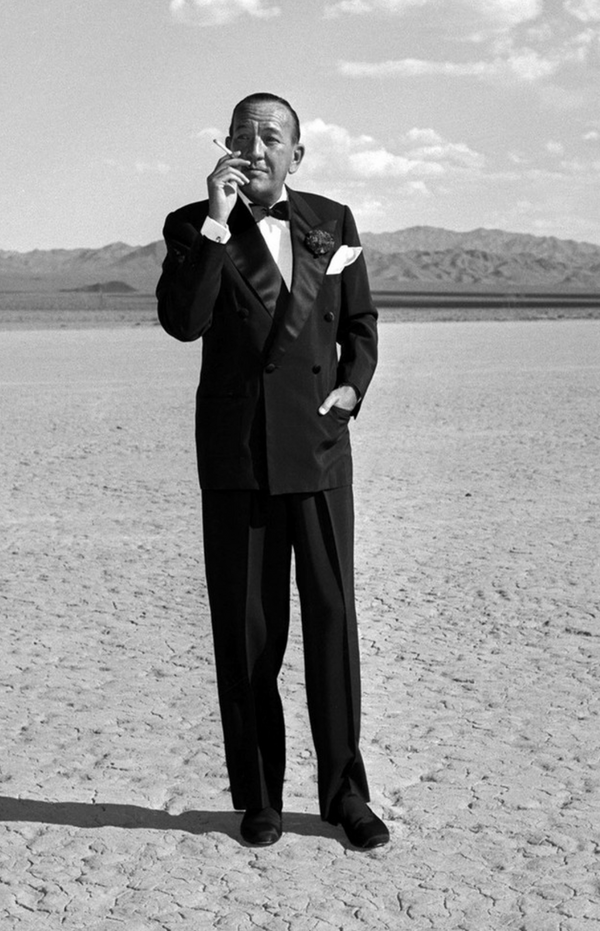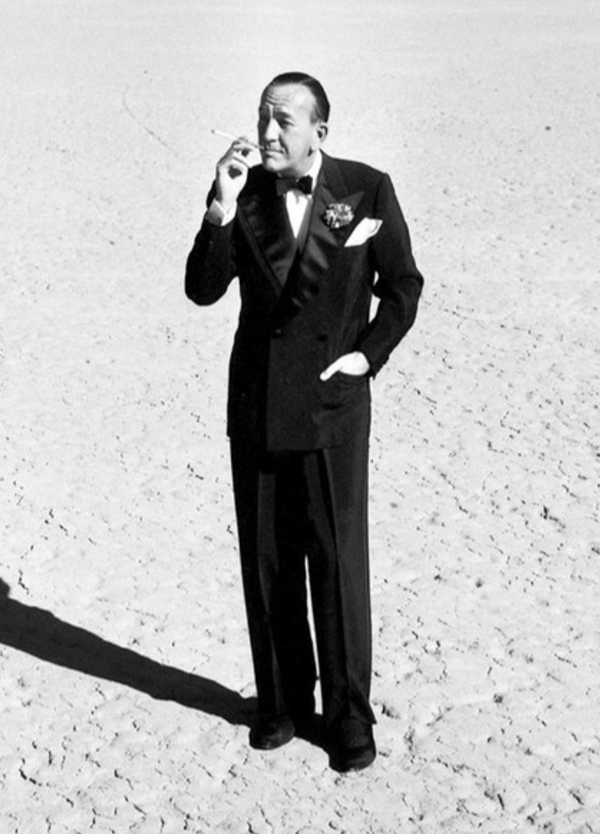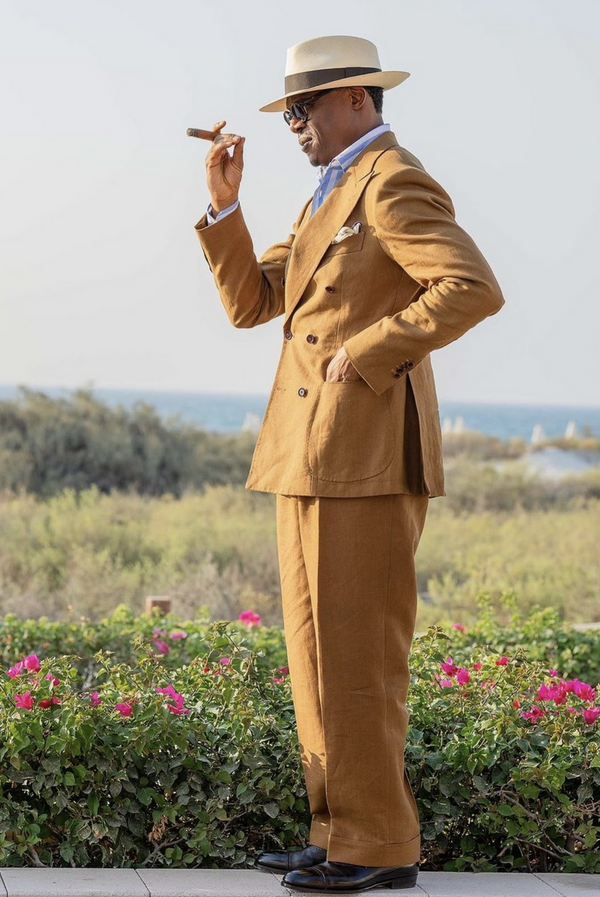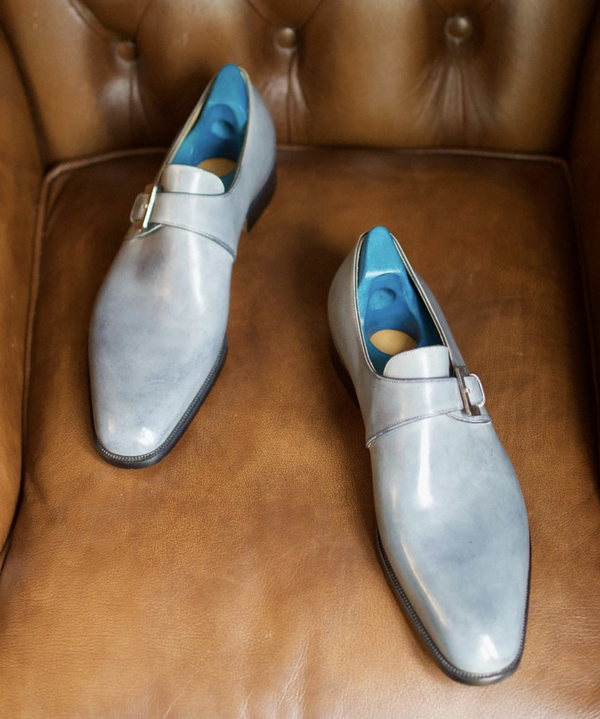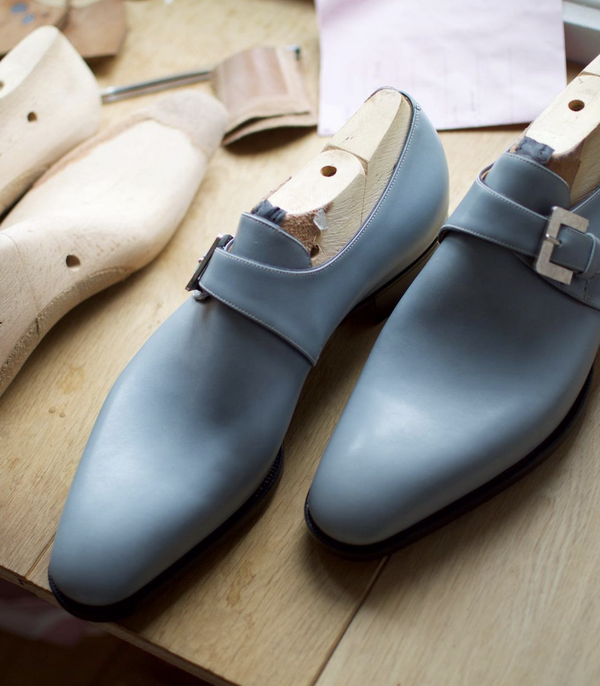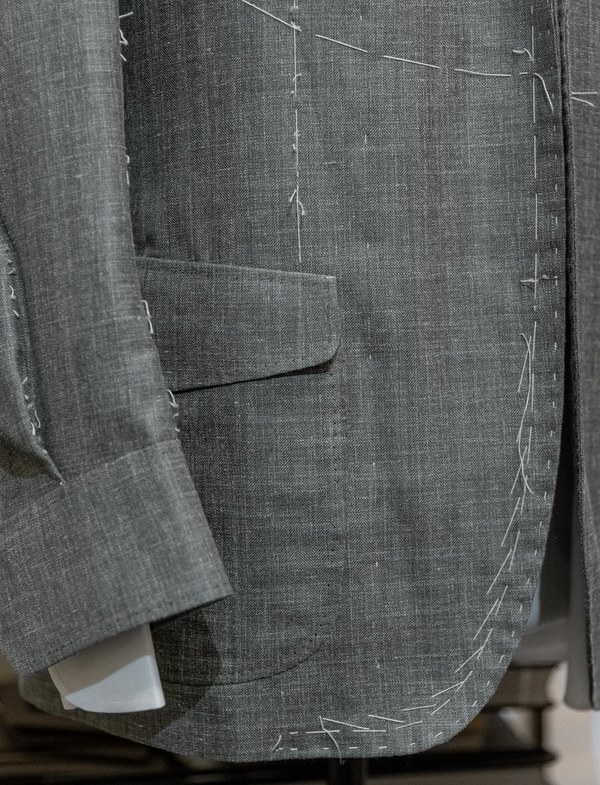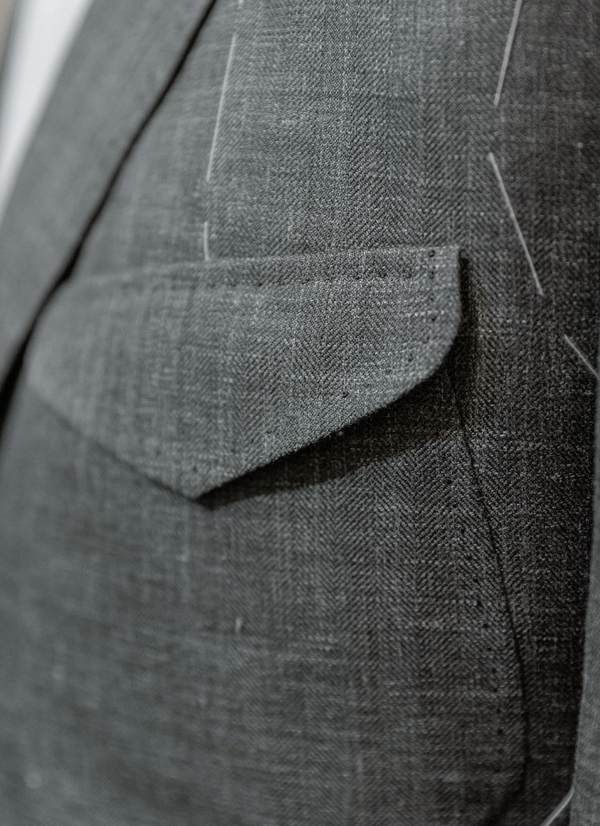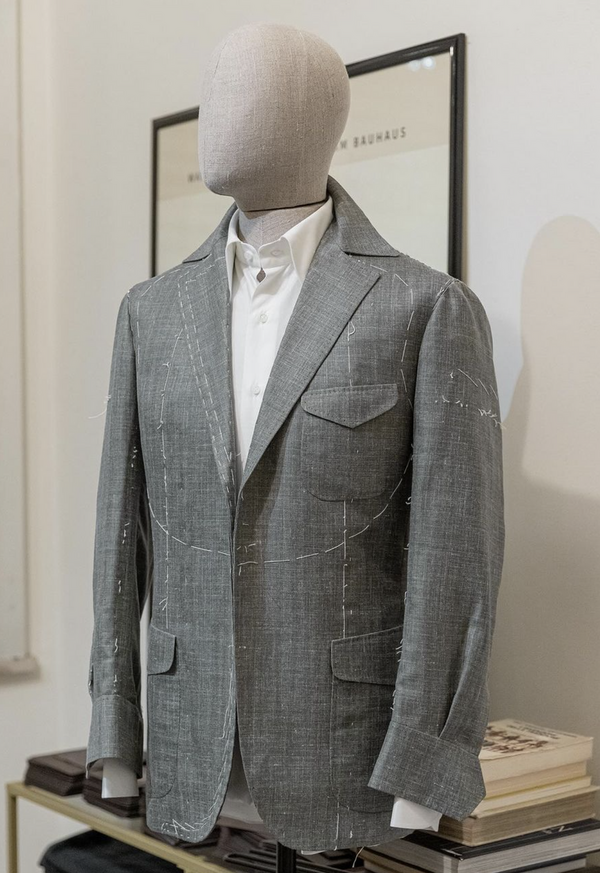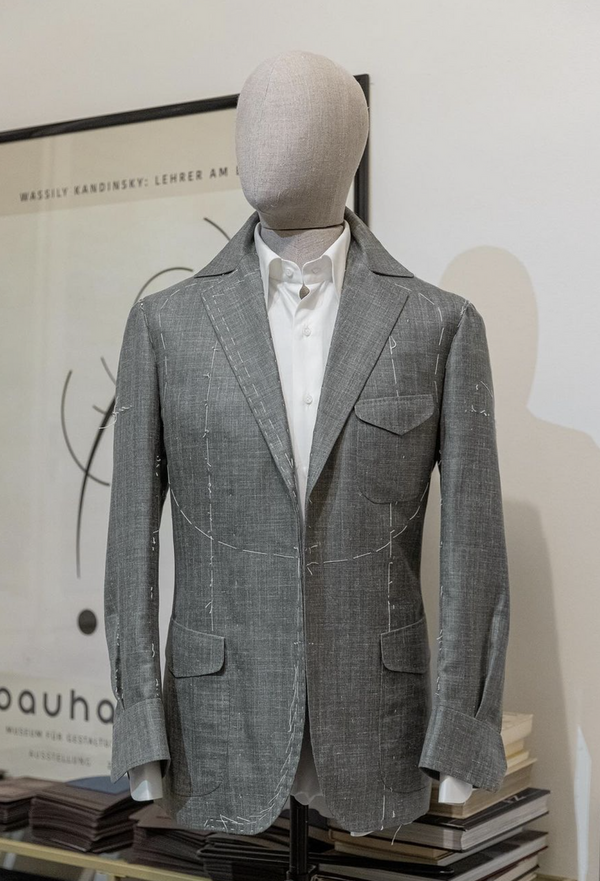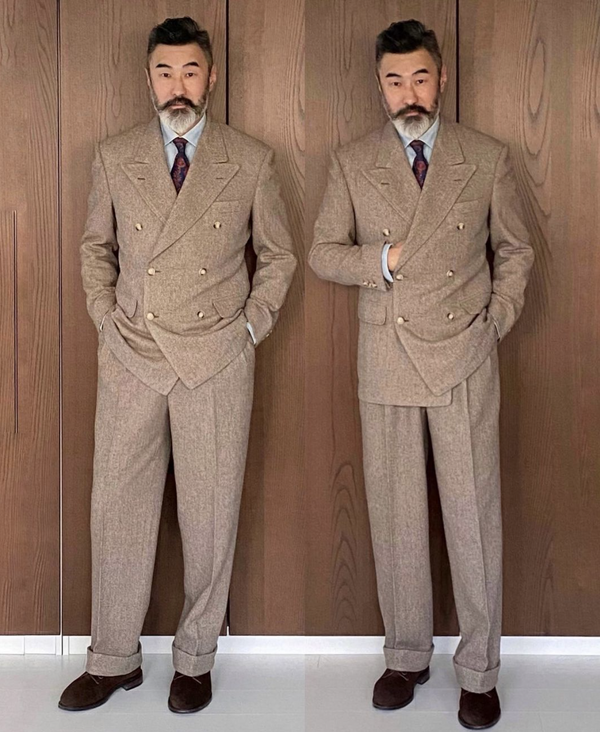- Joined
- Apr 10, 2011
- Messages
- 27,320
- Reaction score
- 69,987
Hmmm this is interesting.
Out of the makers I've used (NSM - who AFAIK uses various tailors - Salvo, Palmisciano, and Arrigo) I'd say Palmisciano has the most "spring" in their roll, and NSM has the least (it usually just opens up completely). Not sure if that has to do with the way the lapel is padded, or the canvassing used. Maybe a bit of both?
Curious to hear @Despos and @jefferyd weigh in.
I think Despos touched on this in the excerpt I quoted above. Also this from Jeffery's blog
What, exactly, is pad stitching?
We hear the terms `pad stitching` and `padded lapels` frequently but not everybody understands the significance. One of the important princi...
An excerpt from the post:
"You will notice that the garment which has been stitched my machine does not roll as much as the garment at the top of the page, which was paddded by hand. This does not mean that it will not roll as well; the canvas will still provide a great deal of loft to the roll. It may not, however, hug the chest quite as tightly as a hand-padded lapel will. By varying the amount of canvas worked over the cloth and by stitching closer together or further apart I can vary the degree of roll in the lapel. This is a very fine point and I am not sure that it makes a very great difference in a finished, pressed garment. My unsubstantiated opinion is that it is better done by hand, but to really investigate further I would have to make two identical suits using identical trims and machine pad one of them, and do the other by hand. Maybe when I have retired and have nothing better to do."
The post is over 13 years old, however, so perhaps Jeffrey's views have changed.
